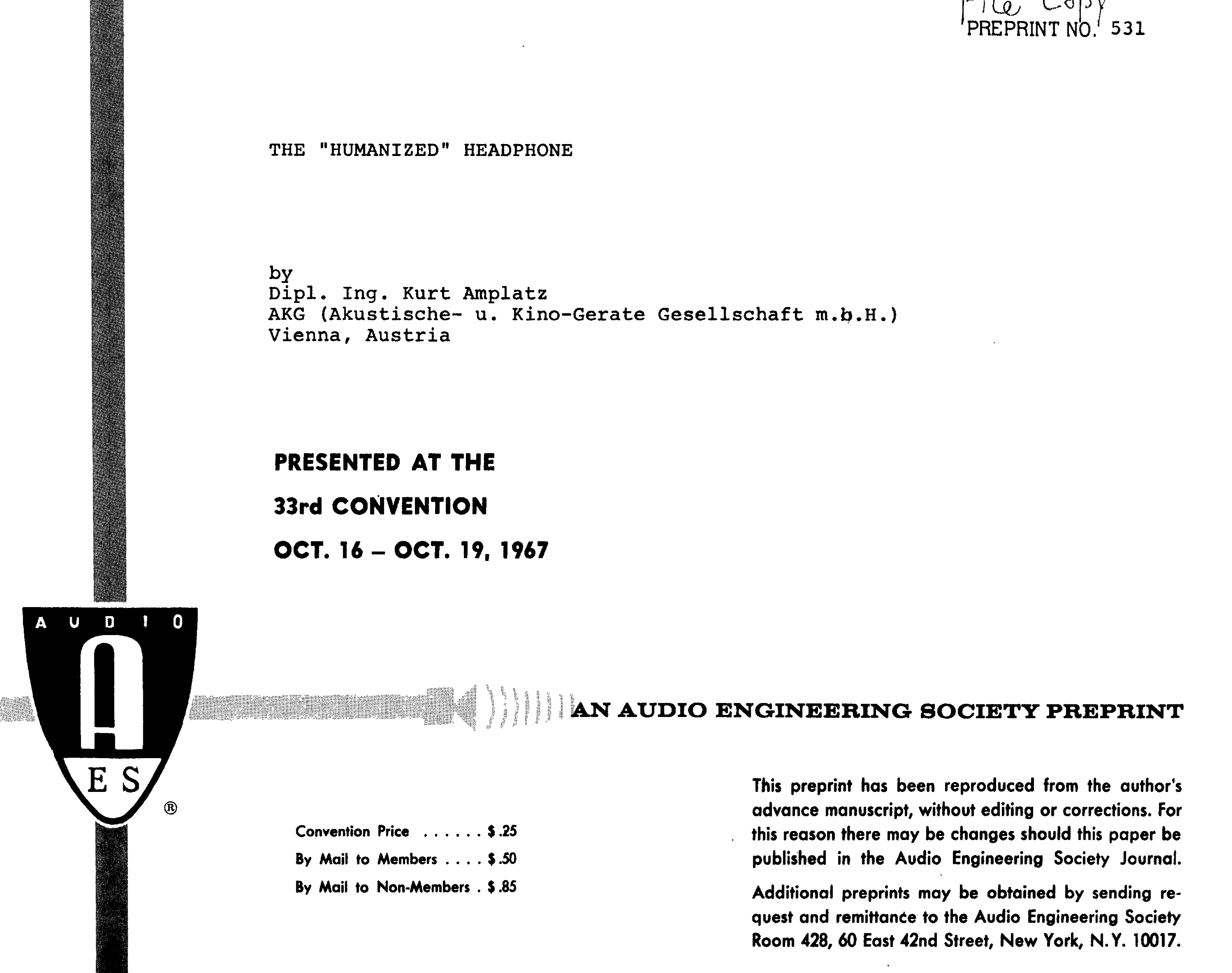hampestampe
Member
I've bought a pair of No5909 headphones in April.
I' musr say I am a little disappointed about the maximum output of the volume when I connect my Android, Samsung Galaxy s21 ultra via USB-C.
The USB-C volume set to max is equivalent to around 50% or less via Bluetooth. I want the best sound quality. I prefer usb-c over LDAC bluetooth connection, but the volume is totaly unacceptable, set way to low over /Phone/USB-C to-> USB-C/headphones/.
Obviusly the amplifier in the headphones have enough power but the limit is set to a much lower output via USB-C.
I heard from other users of the 5909 that they are experiencing the same problem.
But the worst thing is that theire support mail is not valid and when I try to reach them via web form it's error. I reached them after some weeks when I did post about this issue on Mark Levinson Facebook page. They just told me that they will pass this question along to the team and someone should support my request. I have not heard any thing from them since I got that answer May 13.
I think the overall sound quality is OK, but it certanly sounds like a regular closed headphone, It's realy nothing spectacular.
I like the ANC though, I think they perform good and are pretty dynamic in a bussy enviroment, like in an airplane. When listening in quiet enviroment like at home I prefer my Hifman HE 500 all day long.
So because of Mark Levinson poor custom service/support my overall inpression is also quite poor.
I' musr say I am a little disappointed about the maximum output of the volume when I connect my Android, Samsung Galaxy s21 ultra via USB-C.
The USB-C volume set to max is equivalent to around 50% or less via Bluetooth. I want the best sound quality. I prefer usb-c over LDAC bluetooth connection, but the volume is totaly unacceptable, set way to low over /Phone/USB-C to-> USB-C/headphones/.
Obviusly the amplifier in the headphones have enough power but the limit is set to a much lower output via USB-C.
I heard from other users of the 5909 that they are experiencing the same problem.
But the worst thing is that theire support mail is not valid and when I try to reach them via web form it's error. I reached them after some weeks when I did post about this issue on Mark Levinson Facebook page. They just told me that they will pass this question along to the team and someone should support my request. I have not heard any thing from them since I got that answer May 13.
I think the overall sound quality is OK, but it certanly sounds like a regular closed headphone, It's realy nothing spectacular.
I like the ANC though, I think they perform good and are pretty dynamic in a bussy enviroment, like in an airplane. When listening in quiet enviroment like at home I prefer my Hifman HE 500 all day long.
So because of Mark Levinson poor custom service/support my overall inpression is also quite poor.

